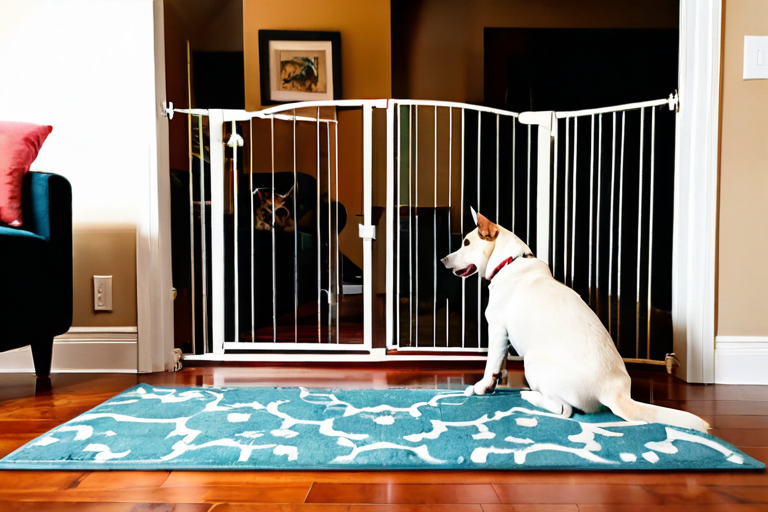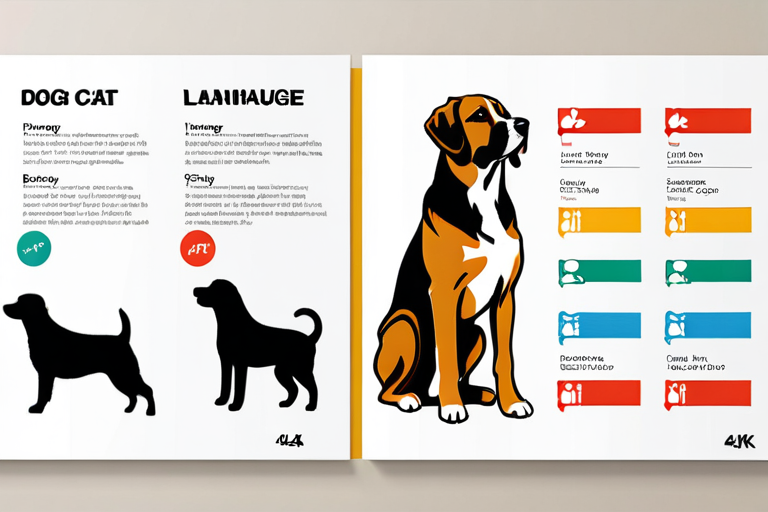Harmonious Coexistence Between Dogs and Cats: A Practical Guide
"The greatest pleasure of a dog is that you may make a fool of yourself with him and not only will he not scold you, but he will make a fool of himself too." - Samuel Butler

Understanding the Natural Dynamics
Dogs and cats have evolved with different social structures and communication styles. According to research from the American Veterinary Medical Association, dogs are pack animals with hierarchical social structures, while cats are more solitary and territorial creatures. This fundamental difference often leads to misunderstandings between the two species.
Dr. Sarah Johnson, a certified animal behaviorist, explains: "The key to successful cohabitation lies in understanding and respecting these natural differences. Dogs communicate through body language that cats might interpret as threatening, while cats' subtle signals can confuse dogs."
The Introduction Process: Step by Step
Week 1: Scent Exchange
Before any visual contact, exchange bedding or toys between the animals. This allows them to become familiar with each other's scent without the stress of direct interaction.
Week 2: Controlled Visual Contact
Use baby gates or screen doors to allow visual contact while maintaining physical separation. Feed them on opposite sides of the barrier to create positive associations.

Creating a Peaceful Environment
The Humane Society of the United States recommends these essential environmental adjustments:
- Vertical Space: Provide cat trees and high shelves for escape routes
- Separate Resources: Multiple food bowls, water stations, and litter boxes
- Safe Zones: Designated areas where each pet can retreat undisturbed
- Environmental Enrichment: Plenty of toys and scratching posts to reduce stress
Recognizing and Addressing Problems
Even with proper introduction, issues may arise. Common signs of tension include:
In Cats
- Hiding excessively
- Loss of appetite
- Over-grooming
- Aggressive posturing
In Dogs
- Excessive barking
- Staring intently
- Resource guarding
- Restlessness

Expert Tips from Professional Trainers
According to certified dog trainer Michael Rodriguez: "Positive reinforcement is crucial. Reward calm behavior around the other pet with high-value treats. Never punish either animal for showing natural behaviors - this only increases stress and anxiety."
The ASPCA emphasizes the importance of patience: "Successful integration can take weeks or even months. Rushing the process is one of the most common mistakes pet owners make."
When to Seek Professional Help
If any of the following situations occur, consult with a veterinary behaviorist or certified trainer:
- Physical aggression resulting in injuries
- Persistent fear or anxiety in either animal
- Significant changes in eating or elimination habits
- Inability to relax in each other's presence after several weeks
Success Stories and Real-Life Examples
Many pet owners have successfully created harmonious multi-species households. The key factors in these success stories consistently include:
- Proper introduction protocols
- Consistent routine and structure
- Adequate resources and space
- Ongoing positive reinforcement
- Realistic expectations and patience

Final Thoughts
With patience, understanding, and proper techniques, dogs and cats can not only coexist but form beautiful, cross-species friendships. Remember that every animal is an individual, and what works for one pair may need adjustment for another.
Sources: American Veterinary Medical Association, Humane Society of the United States, ASPCA, certified animal behaviorists and trainers.
Always consult with veterinary professionals for specific advice regarding your pets' individual needs and circumstances.